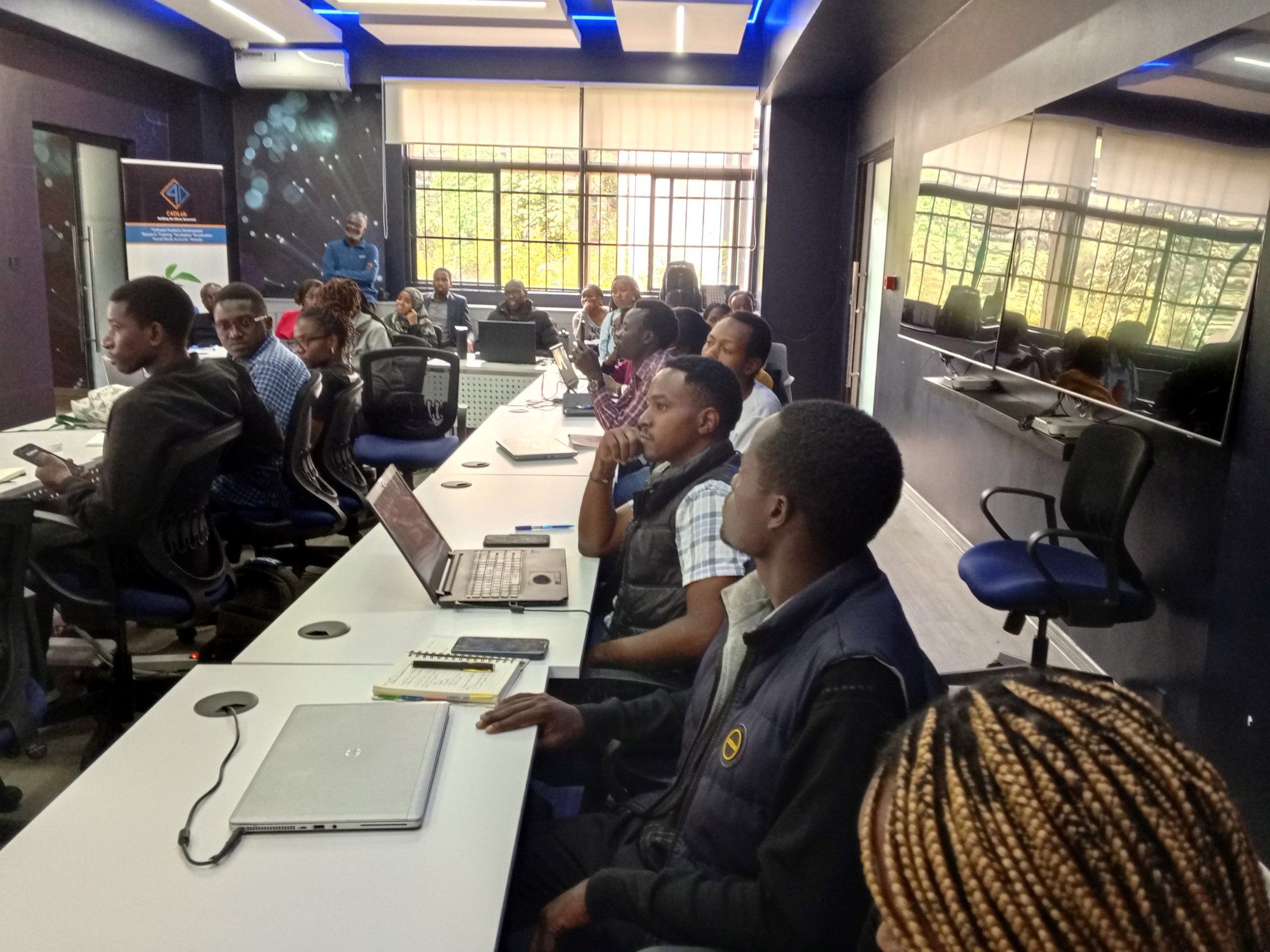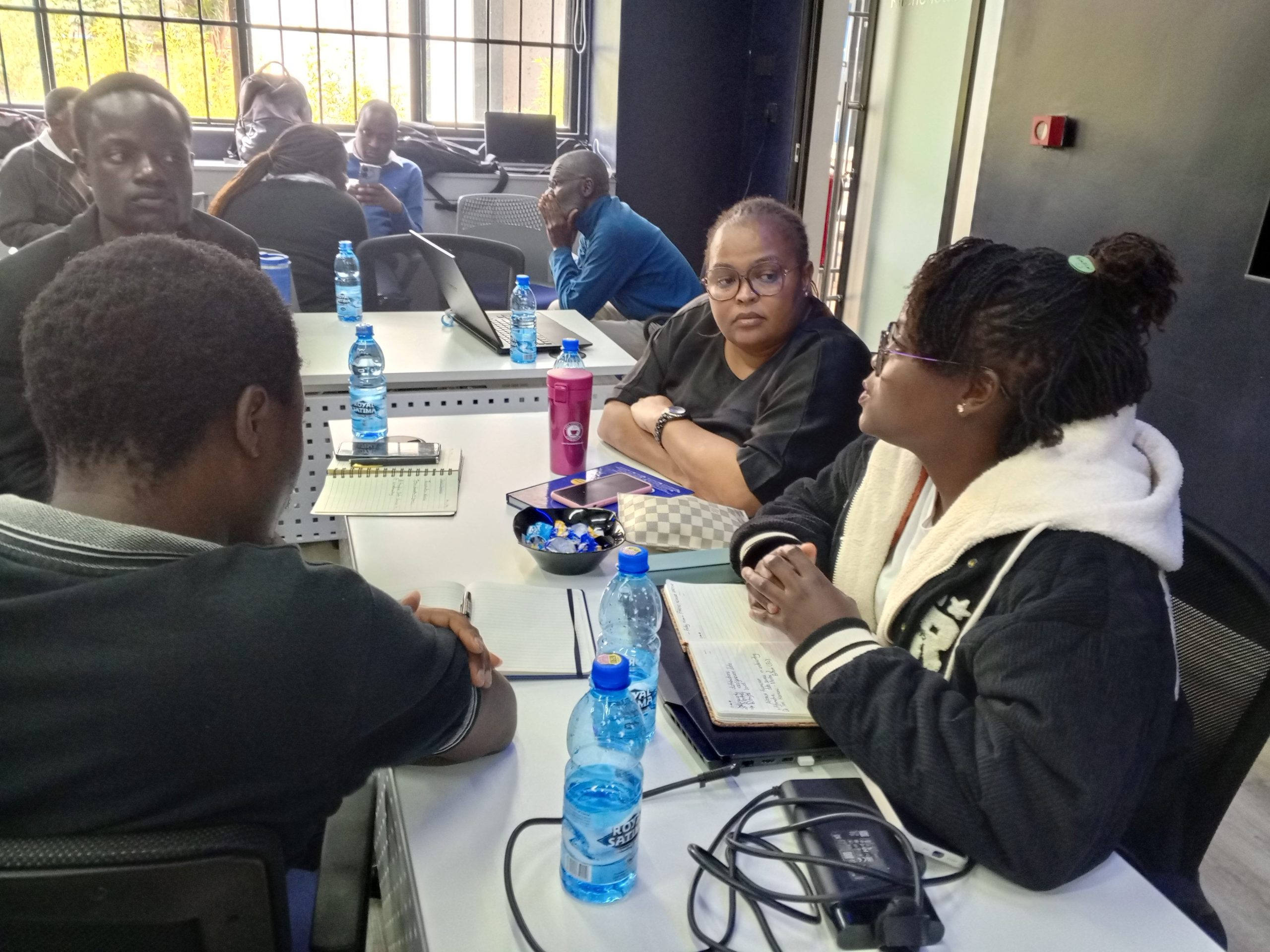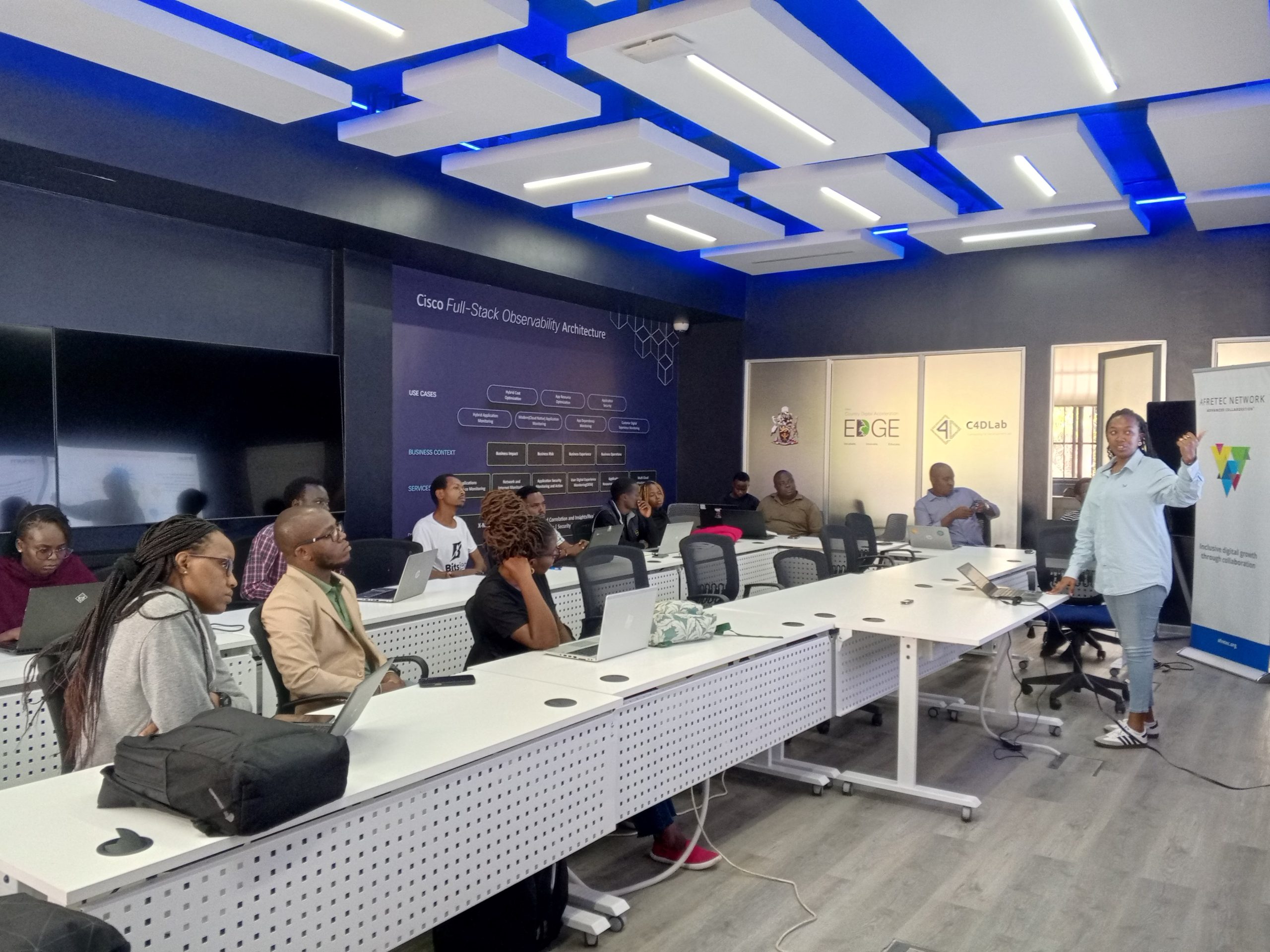Strategizing for Innovation: Fellows Dive into Project Planning
The second session of the AFRETEC Innovation Fellowship, held virtually, unfolded with a sense of urgency and purpose. As participants logged in, ready to engage, one of the two facilitators, Mr. Peter Okech, set the tone, emphasizing the importance of collaboration and forward-thinking in project planning. With client briefs from BRITAM and TARDA in hand, the fellows were encouraged to approach their assignments with clarity and dedication.
Eng. Ernest Kimani, the other facilitator, ensured that everyone was equipped to navigate the virtual format. He outlined interaction guidelines, encouraging participants to make full use of the collaboration platform, slack, while reassuring them of further assistance with the presentation materie als to ensure they had all th
Once introductions were complete, the discussion shifted to the critical principles of project management. Eng. Kimani presented a striking metaphor—an image illustrating how poor management can compromise even the best-executed components of a project. He explained that a project is not just a set of tasks but an interconnected process that requires clear goals, timelines, and budgets. He emphasized the importance of sequencing activities, distinguishing between linear and nonlinear workflows, and ensuring teams maintained alignment with overarching objectives.
The fellows were challenged to think beyond individual tasks and understand the constraints that define successful projects—time, budget, scope, quality, and resources. Kimani warned that scope deviations could lead to inefficiencies, urging teams to approach the project lifecycle systematically, from initiation to closure.
As the session progressed, questions emerged from the participants, shaping the discussion in practical directions. The fellows also sought clarification on team assignments, prompting Mr. Okech to confirm that while projects were designated, teams should remain open to exploring all problem statements.
The session concluded with a call to action. The teams were instructed to synthesize client insights and use them to develop Gantt charts for scheduling and resource identification. The next steps were clearly spelt out:
- Presentation slides would be shared on Slack for deeper review.
- Teams needed to clarify their problem statements to ensure alignment with project goals.
- Fellows were expected to create Gantt charts outlining their project timelines and key resources.
The discussion done, the fellows were left reflecting and focusing on the road ahead. Even then one of the lingering critical questions was how to ensure they stayed within scope. Related questions were what deliverables were expected for each project and how long the planning stage should last before execution began.
As the fellowship continues, the importance of agility, innovation, and precise execution will define success. The groundwork has been laid; now, it is up to the fellows to transform strategy into impact.




